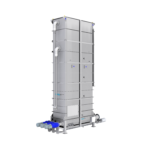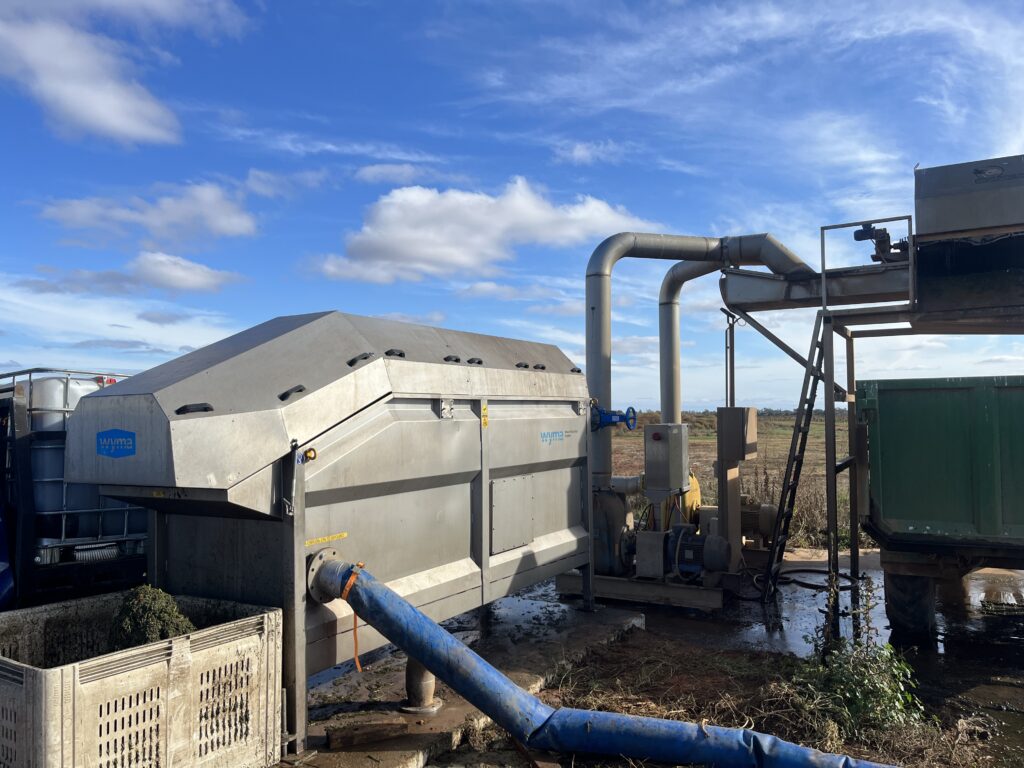See improved water use efficiencies and reduction in wastewater on your lines
By Joe Kertzman, managing editor, Badger Common’Tater

The motivation for potato and vegetable growers, as well as processors, to recycle their water or wastewater commonly comes from two main factors, according to Wyma Solutions, manufacturer of post-harvest vegetable and fruit handling equipment.
Those factors are the need to reduce freshwater consumption, and the need to reduce wastewater discharge.
The operating region—urban or rural, and the state where the operation is located—and whether it is a fresh market and/or processing facility will determine whether one or both factors drive a grower’s or processor’s decision to increase water recycling on site.
“Commonly, the motivation to reduce freshwater consumption is driven either by supply costs [$/gallon] or the local authorities restricting total consumption,” says Leighton Hill, North American territory manager for Wyma Solutions.
“Similarly, drivers to reduce wastewater discharge are commonly the cost to discharge, either by volume or contaminant levels, or both, or local authorities restricting discharge characteristics,” Hill states.
For example, in Wisconsin, the total discharge volume limit for an “Industrial Liquid Waste to Subsurface Soil Absorption System Permit” is 15,000 gallons per day. (https://dnr.wisconsin.gov/sites/default/files/topic/Wastewater/55611FS.pdf).
Depending on a facility’s operation size, it is common that no water recycling systems are in place for water discharge levels to be over this limit.
“Based on previous experiences, we have seen approximately 500-1,000 gallons per hour of water being discharged per 2,000 pounds/hour of fresh market potatoes being processed when no water recycling systems are in place,” Hill relates.


